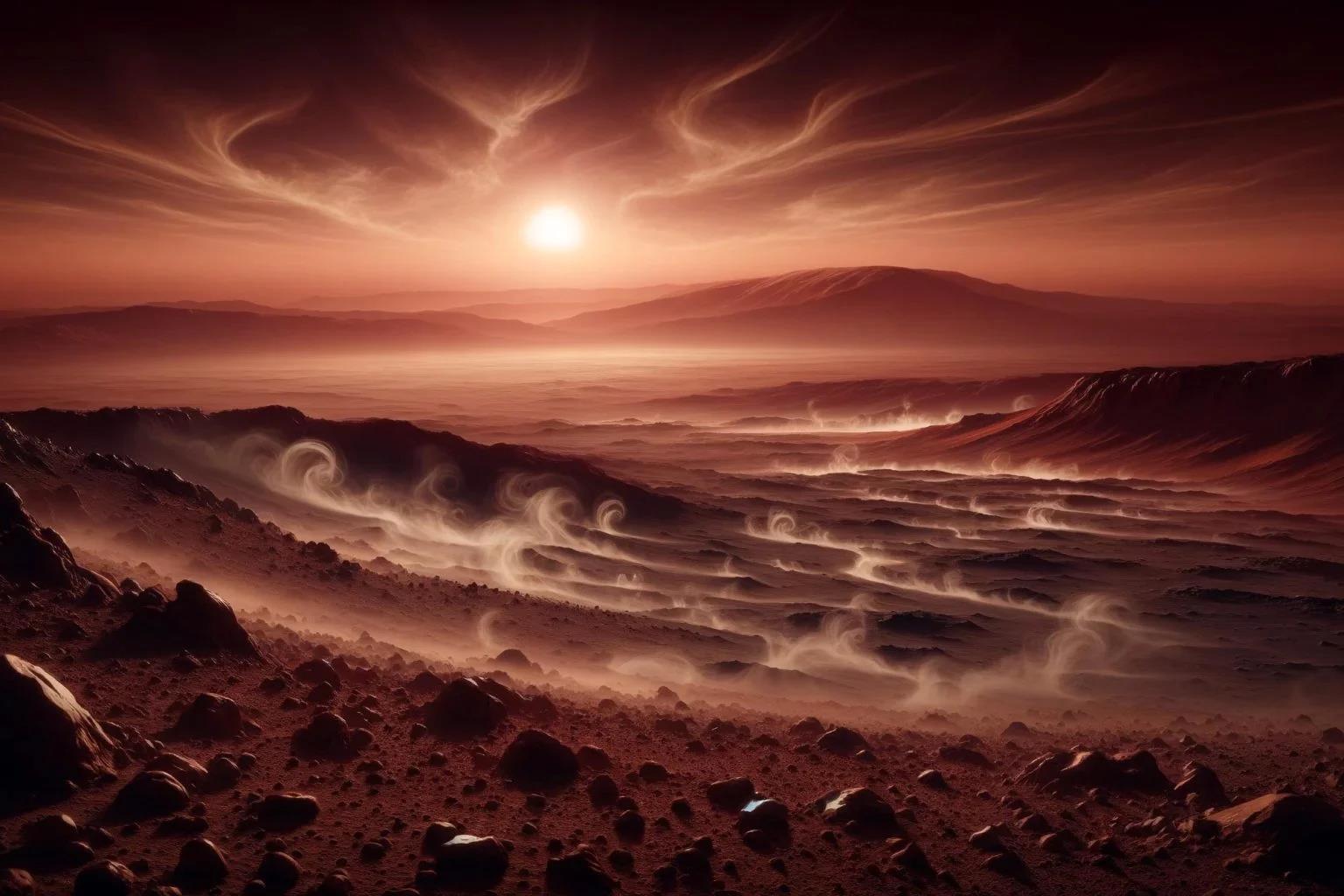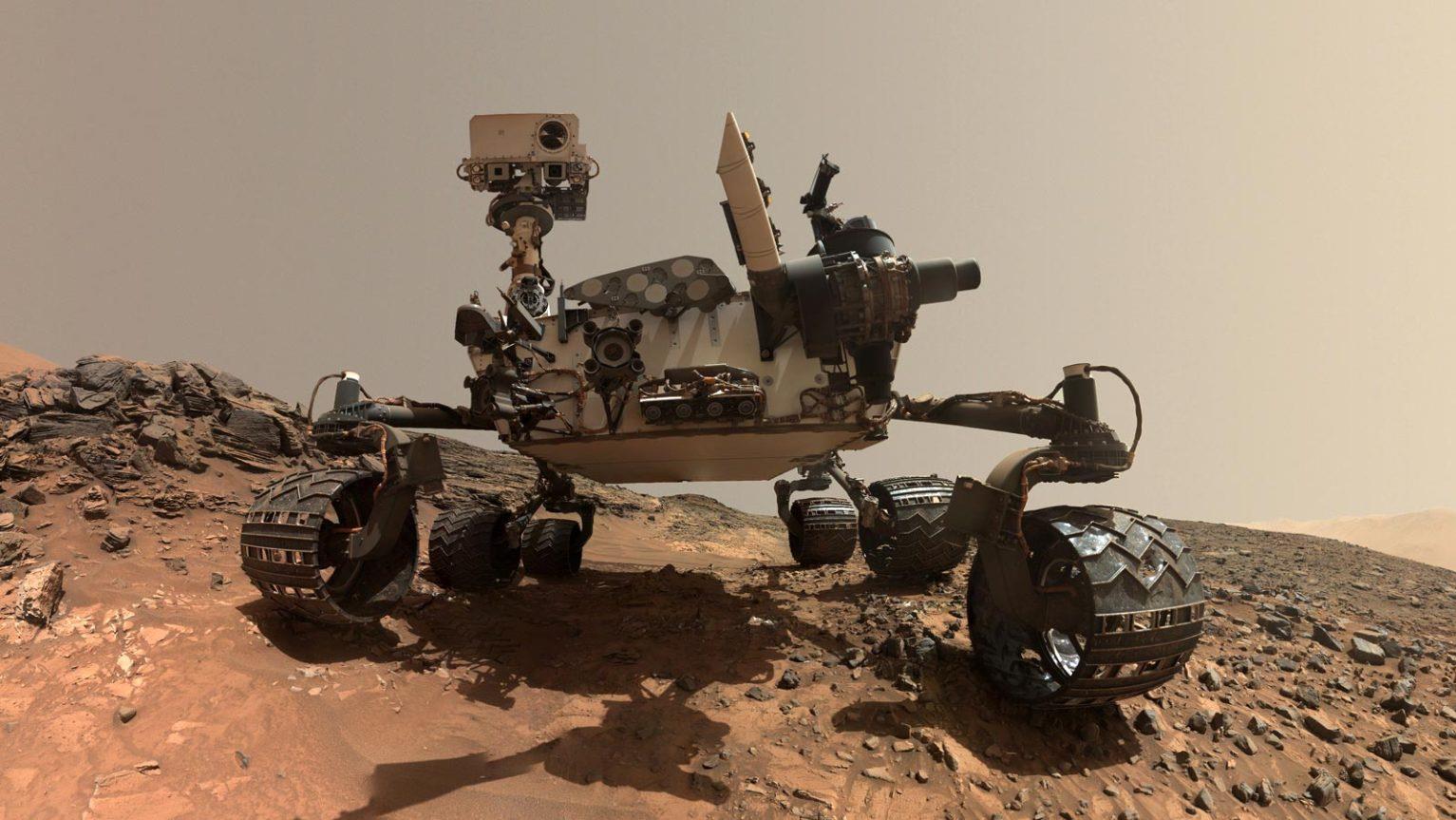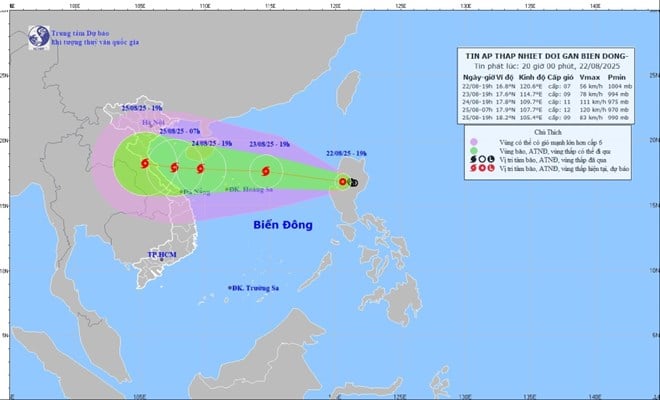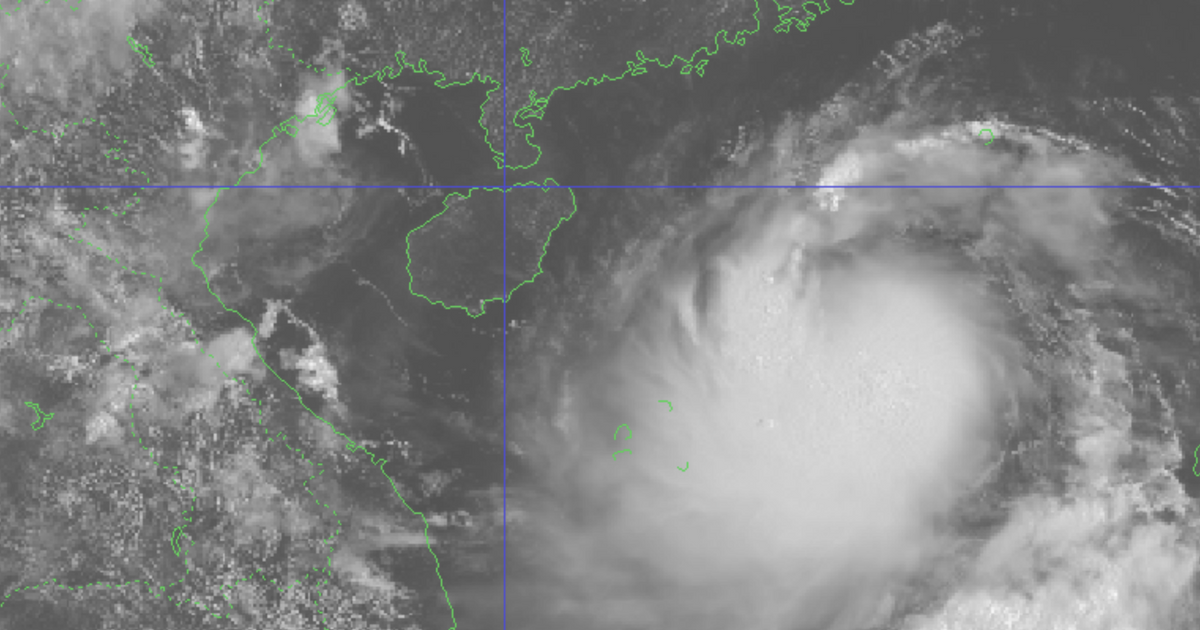(NLDO) - Methane, one of the signs suggesting alien life, was found in an absurd way by the robot Curiosity.
Research recently published in the Journal of Geophysical Research: Planets has found an explanation for why a mobile chemistry lab on NASA's Curiosity rover repeatedly detects traces of the "gas of life" methane (CH 4 ) from the surface of Gale Crater on Mars.

Gale Crater landscape that the Curiosity robot is surveying - Graphic photo: SCITECH DAILY
Curiosity, shaped like the famous cartoon character Wall-E, is NASA's robotic lander, operating on Mars since August 2012 with the mission of hunting for life.
This lucky robot is the first warrior to discover the existence of the "building blocks of life" on the red planet.
However, evidence since then suggests that Mars is likely extinct, and NASA's only hope of finding evidence of ancient life is that it will.
So when the SAM mobile laboratory housed inside Curiosity analyzed samples from Gale Crater — an ancient impact crater — and repeatedly found evidence of methane escaping, scientists were puzzled.

Curiosity - Photo: NASA
Living organisms produce most of the methane on Earth. As such, methane has long been considered a potential sign of life, which astrobiologists have been trying to trace in the spectra of other planets.
But no living organisms have ever been detected at Gale Crater or anywhere else on Mars, so NASA didn't expect methane to be there.
“It's a story with a lot of twists and turns,” said scientist Ashwin Vasavada, a member of the Curiosity operations team at NASA's Jet Propulsion Laboratory (JPL).
Working with researchers from NASA's Goddard Space Flight Center, they created new models that show that the source of the unusual methane could be due to geological mechanisms involving water and rock deep underground.
This gas may be trapped under a layer of frozen salt that forms in Mars' regolith, a "soil" made of rock and fine dust.
As temperatures increase during warmer seasons or times of day, the salt layer weakens, allowing methane to escape.
Additionally, this gas can also be forced out in bursts when something heavy presses down on the ground — in this case, the wheels of the SUV-sized robot Curiosity.
However, at another impact crater called Jezero Crater, where NASA has an equally heavy robot called Perseverance operating, no methane was released in the same way.
This discovery could indicate that the environments in these two regions are different. Besides, how methane appears and is buried under the "soil" of Mars is still an interesting thing to explore . Because it will help to better understand the ancient Martian environment, also helping scientists get closer to evidence of potential alien life - even extinct creatures.
Source: https://nld.com.vn/robot-nasa-lien-tuc-bat-duoc-tin-hieu-su-song-khong-mong-doi-196240430100648027.htm











![[Photo] President Luong Cuong attends special political-artistic television show "Golden Opportunity"](https://vstatic.vietnam.vn/vietnam/resource/IMAGE/2025/8/22/44ca13c28fa7476796f9aa3618ff74c4)








































































Comment (0)